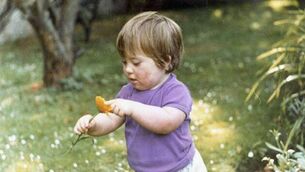New species of animals and plants probably won’t destroy our ecosystem

Alerts are issued and they’re full of emotive words like “invasive” and “alien” and extravagant claims are made about the dangers posed by it.
The tone sometimes verges on the hysterical, particularly when research biologists join in, all clamouring for grants to allow them to investigate the threat.














